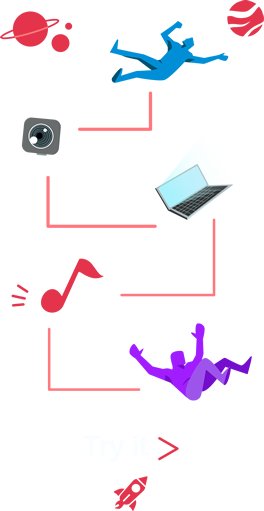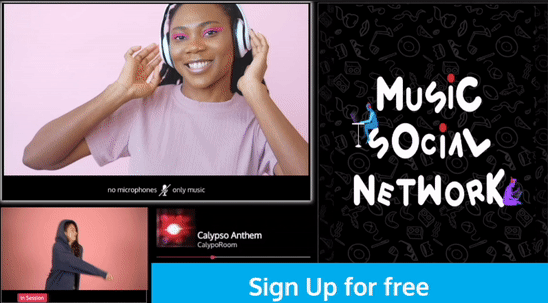The impact of social media on the visibility of LGBTQ+ musicians
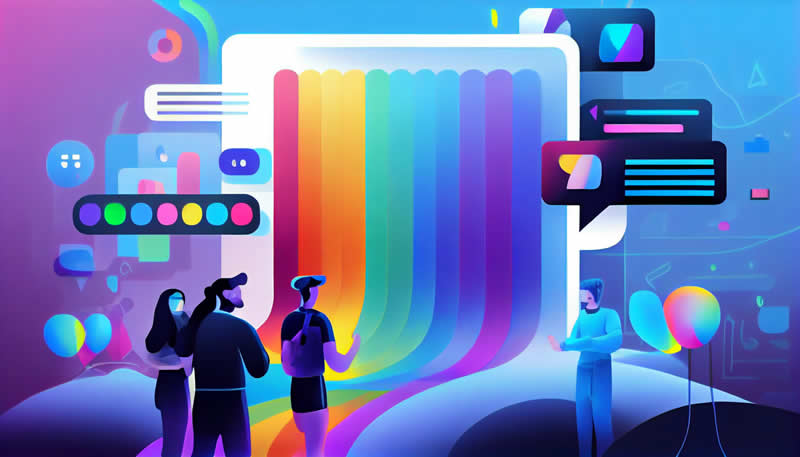
Table of content
The impact of social media on the visibility of LGBTQ+ musicians - Introduction
LGBTQ+ artists have been much more visible in recent years, and many musicians are increasingly leveraging their power to promote acceptance and rights for LGBTQ+ people.
For LGBTQ+ musicians to interact with their fans and reach a larger audience, social media has been crucial obviously.
In this article, the relevance of LGBTQ+ representation in the music business will be discussed along with how social media affects LGBTQ+ musicians' exposure, let’s start!
Historical context of LGBTQ+ representation in music
LGBTQ+ representation in music has been a complicated topic throughout history.
Due to social expectations and biases, many gay artists experienced intense pressure to conceal their sexual orientation and gender identity.

Several LGBTQ+ artists were obliged to play under aliases or to completely conceal their sexuality in the early days of popular music.
For their efforts, some even experienced censorship or persecution.
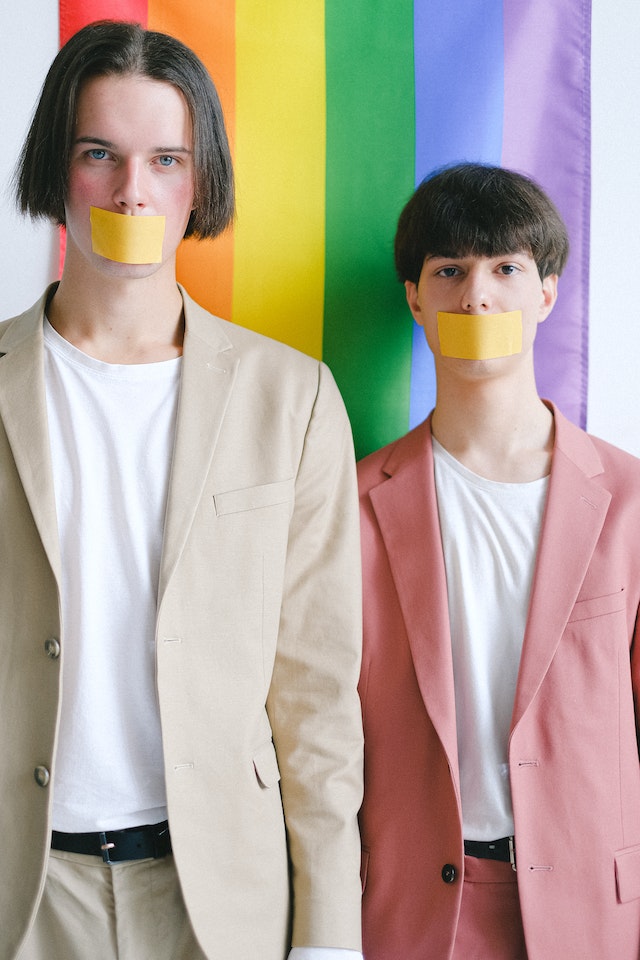
The LGBTQ+ rights movement did not begin to take off in earnest until the late 1960s and early 1970s, when more outspokenly queer performers started to acquire popularity.
LGBTQ+ musicians still have a hard time breaking into the mainstream despite this advancement.
Several record companies and music industry professionals were reluctant to sign openly LGBTQ+ performers for concern that their sexuality would have a detrimental effect on their ability to make money.

More openly gay musicians exist now than ever before, and many of them use their influence to promote LGBTQ+ visibility and rights.
Nonetheless, LGBTQ+ performers still encounter prejudice and discrimination in the music business today.
This demonstrates the continual requirement for more LGBTQ+ representation in music and the critical function that social media can play in accomplishing this objective.

Social media as a game changer
Social media has radically altered the music business and given LGBTQ+ performers new options for visibility and acclaim.
Musicians may now communicate directly with their followers by avoiding conventional gatekeepers like record companies and radio stations by using platforms like Instagram, Twitter, and CalypsoRoom.

To develop their fan bases and get attention for their work, LGBTQ singers like Troye Sivan, Janelle Monáe, and Hayley Kiyoko, for instance, have all embraced social media.
Sivan, who first found success on YouTube, has spoken out in support of LGBTQ+ rights and revealed his sexual orientation.
With her music and online activism, Monáe has promoted Black Lives Matter and LGBTQ+ rights.
Kiyoko, who is commonly referred to as the "Lesbian Jesus" by her admirers, has used social media to communicate with her LGBTQ+ followers and act as a vocal advocate of the community.

Nonetheless, social media has made it possible for LGBTQ+ musicians to build their own fan networks and develop direct relationships with fans, regardless of their sexual orientation or gender identity.
For LGBTQ+ musicians, this has improved the playing field and given them more freedom to succeed and acquire notoriety as they see fit.

Although there is still more work to be done before LGBTQ+ artists can enjoy complete equality, social media has become a crucial tool for removing obstacles and increasing awareness.
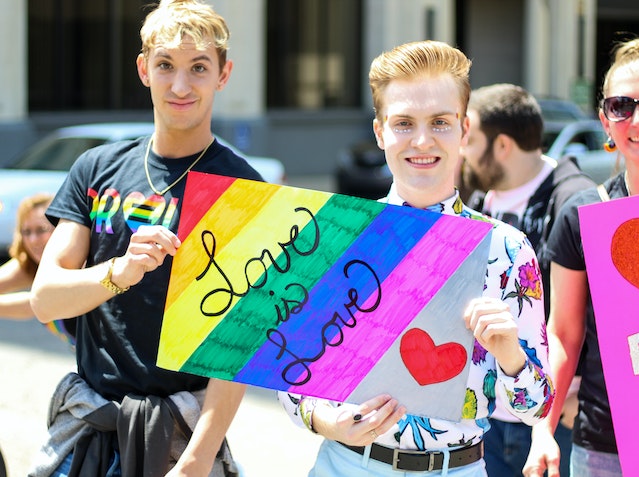
The power of fan engagement
LGBTQ+ musicians have been able to achieve prominence thanks to social media, but it has also given rise to a strong force in their support: their fans.
Supporting and promoting LGBTQ+ performers may be greatly aided by social media fan participation.
Fans may share their favorite LGBTQ+ artists' music with others, promote and advocate for them on social media, and work to grow their fan bases.
This has sparked a number of effective fan-driven movements, like the #FreeKesha movement, which backed Kesha during her legal dispute with her record label, and the #GiveElsaAGirlfriend effort, which sought to make Elsa from Disney's Frozen an LGBTQ+ figure.
Social media has also made it possible for LGBTQ+ music lovers to connect with one another and build a sense of community.
This has the potential to be especially impactful for those who live in communities where being LGBTQ+ is not accepted or who might feel alone.
Online music communities like CalypsoRoom that link LGBTQ+ persons with people who have similar experiences and interests, such as music, have been made possible thanks to social media.
Ultimately, it cannot be overstated how powerful fan participation on social media can be in terms of helping to support and promote LGBTQ+ performers.

Social media and the future of LGBTQ+ representation in music
While social media has the ability to further advance LGBTQ+ visibility in music, it's crucial to be aware of its difficulties and limitations.
There is still a long way to go until there is genuine equality and representation for LGBTQ+ musicians, even if social media has undoubtedly assisted in removing obstacles.
One of the difficulties is that social media may frequently act as an echo chamber, with LGBTQ+ audiences interacting with and supporting queer musicians more frequently.
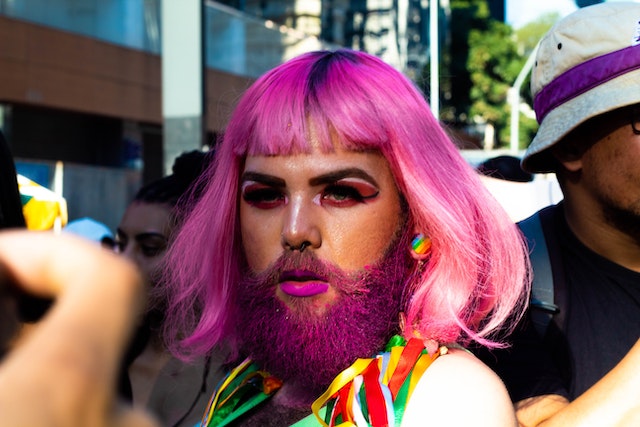

Social media may also be a double-edged sword by facilitating hate speech and harassment against LGBTQ+ musicians.
Social media is nevertheless an effective tool for encouraging LGBTQ+ visibility in music, despite these difficulties.
Fans may aid in amplifying the voices of and increasing the exposure of LGBTQ+ musicians by actively supporting and promoting them on social media.
The promotion of LGBTQ+ representation in music should also be supported by allies, who should be actively involved.
CalypsoRoom and the LGBTQ+ community
CalypsoRoom is a virtual platform where like-minded people can listen to music together and connect via webcam. It is a space where people can be themselves and find their community.
Social platforms like CalypsoRoom have broken down barriers and given LGBTQ+ musicians the ability to connect with their fans directly, without the need for record companies or radio stations.
Platforms like CalypsoRoom have created a sense of community and belonging for LGBTQ+ people and beyond, who may feel isolated in their physical communities.
The impact of social media on the visibility of LGBTQ+ musicians — Conclusion
Social media has been crucial in boosting LGBTQ+ musicians' exposure and forging a sense of community for them.
Nowadays, fans may encourage and support LGBTQ+ musicians through fan participation and social media campaigns in an easy and accessible way.
Even so, there are also difficulties and restrictions to take into account, such as prejudice and censorship and lots has still to be made to fix this.
Social media definitely has the ability to keep advancing the cause of LGBTQ+ representation in music as we look to the future, and we all should be happy about it.
We can influence the music industry positively by promoting LGBTQ+ musicians on social media and making the web a welcoming place for all fans.
In the end, it is essential to remember that music has the power to unite and inspire, regardless of one's sexual orientation or gender identity.
Thanks for reading,
CalypsoRoom Team
Frequently Asked Questions
What are some examples of LGBTQ+ musicians who gained visibility through social media?
Several people serve as examples, including Troye Sivan, Hayley Kiyoko, Kim Petras, and Sam Smith, who all have substantial social media followings and have made use of their platforms to promote LGBTQ+ visibility and inclusion.
How has social media changed the music industry for LGBTQ+ musicians?
LGBTQ+ musicians may now advertise their music and message directly to their audience via social media, bypassing traditional media sources in the process. Because of this, the music business is now able to hear from a wider range of voices and viewpoints.
What are some challenges that LGBTQ+ musicians still face in gaining recognition?
Notwithstanding the advancements achieved, prejudice and discrimination against LGBTQ+ artists persist in both the music business and society at large. Also, there is a dearth of chances and representation for LGBTQ+ artists in several areas and genres.
How can fans use social media to support LGBTQ+ musicians?
By sharing their music and messages, connecting with their material, and fighting for their inclusion in events and mainstream media, fans can utilize social media to magnify the voices of LGBTQ+ musicians. By purchasing their music and souvenirs, supporters of LGBTQ+ musicians may also contribute monetarily.
What can individuals do to promote LGBTQ+ representation in the music industry?
Through listening to their music, attending their performances, and keeping up with them on social media, anyone can support LGBTQ+ musicians and their work. They may also campaign for more inclusion and acceptance of LGBT artists as well as more varied representation in the field.
back
Written by CalypsoRoom Editorial Team
The CalypsoRoom Editorial Team is a skilled and diverse group of writers, researchers, and industry specialists who have access to Calypso's data and information in order to give you broad knowledge about the music industry as well as helpful advice to help you manage your music and dancing career.
Updated March 2023
Company number: 681223
James's Walk 31, Dublin, Ireland
contact@calypsoroom.com
+353 (89) 435 8928


